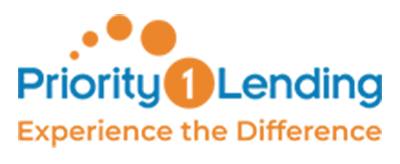What Is A Conventional Loan?
A conventional mortgage loan is a "conforming" loan, which simply means that it meets the requirements for Fannie Mae or Freddie Mac. Fannie Mae and Freddie Mac are government-sponsored enterprises that purchase mortgages from lenders and sell them to investors. This frees up lenders' funds so they can get more qualified buyers into homes.
One type of common non-conforming mortgage is a jumbo loan, which is a mortgage that exceeds conforming loan limits.
Because there are several different sets of guidelines that fall under the umbrella of "conventional loans," there's no single set of requirements for borrowers. However, in general, conventional loans have stricter credit requirements than government-backed loans like FHA loans.
Private Mortgage Insurance
If you put down less than 20% on a conventional loan, you'll be required to pay for private mortgage insurance (PMI). PMI protects your mortgage investors in case you default on your loan. The cost for PMI varies based on your loan type, your credit score and the size of your down payment.
PMI is usually paid as part of your monthly mortgage payment, but there are other ways to cover the cost as well. Some buyers pay it as an upfront fee included in their closing costs. Others pay it in the form of a slightly higher interest rate. Choosing how to pay for PMI is a matter of running the numbers to figure out which option is the cheapest for you.
The nice thing about PMI is that it won't be part of your loan forever - that is, you won't have to refinance to get rid of it. When you reach 20% equity in the home on your regular mortgage payment schedule, you can ask your lender to remove the PMI from your mortgage payments.
If you reach 20% equity as a result of your home increasing in value, you can contact your lender for a new appraisal so they can use the new value to recalculate your PMI requirement. Once you reach 22% equity in the home, your lender will automatically remove PMI from your loan.

